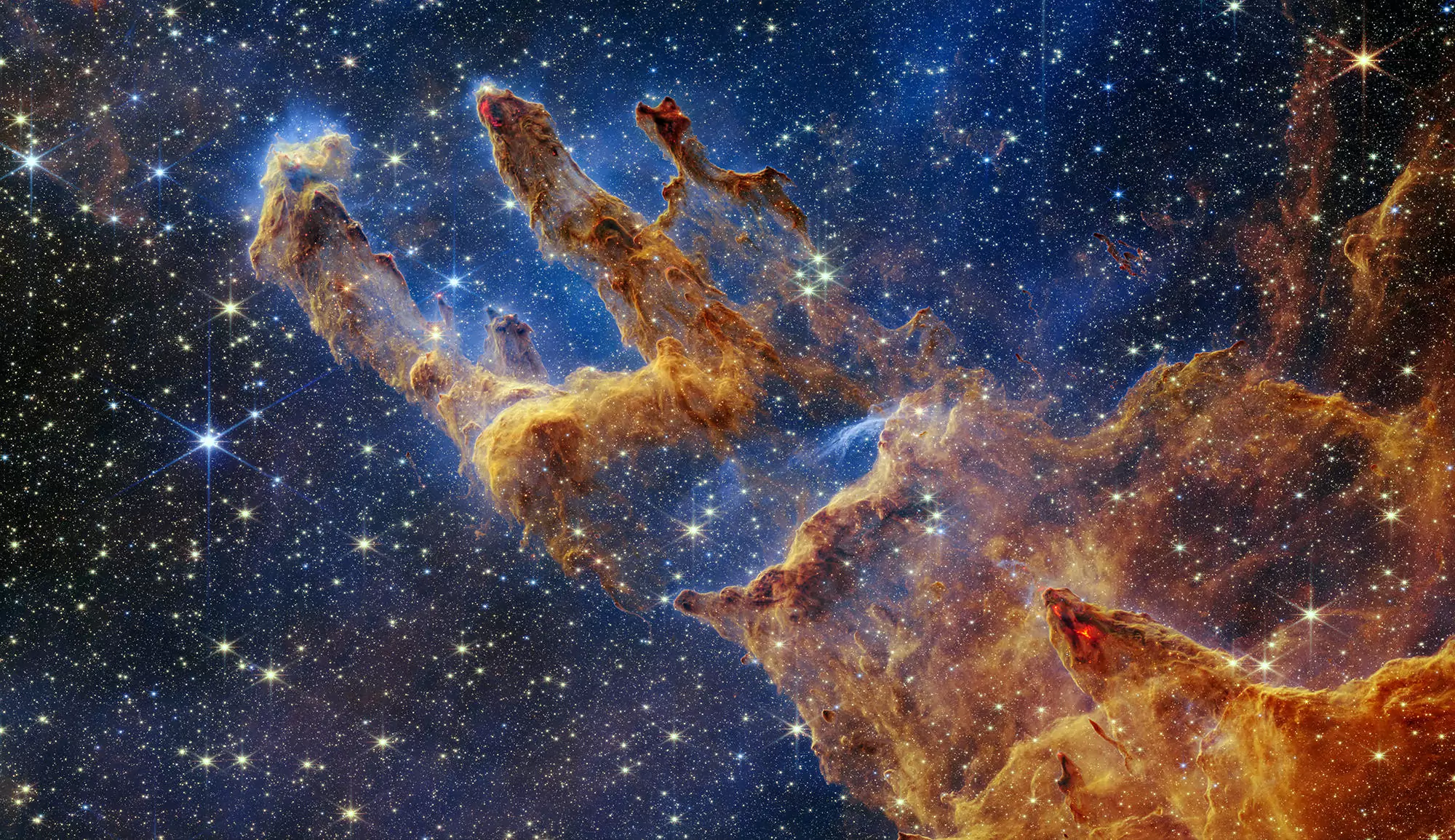Launched on July 30, 2020 NASA’s Mars2020 mission will land the Perseverance rover on the surface of Mars on February 18 at 9:55 pm.
Perseverance carries 7 instruments, including SuperCam under French co-responsibility, which is the "head" and "eye" of the rover.
The Laboratory for Space Studies and Instrumentation in Astrophysics (LESIA) of Paris Observatory - PSL is part of the French consortium led by the Institute for Research in Astrophysics and Planetology (IRAP).
SuperCam combines three spectroscopy techniques in a single instrument :
- the first uses a red laser to destroy rocks and determine the atoms that make them up,
- the second uses a green laser to determine which molecules and minerals these atoms form,
- the third uses infrared sunlight to also determine the minerals present in the Martian rocks.
SuperCam also has :
a high-resolution camera that allows to study how minerals and grains assemble together to form rocks,
as well as a microphone that will determine the hardness of the rocks by listening to the impact of the red laser and the speed of the wind flowing around the rover.
SuperCam will thus play a decisive role in guiding the rover to the most interesting rocks that will be drilled for sampling.
The decisive role of LESIA teams
LESIA teams have had a decisive role in the development of SuperCam with strong involvement at all levels in project management, systems engineering, thermal architecture and mechanical calculations, and instrument testing.
In addition, LESIA and LATMOS were specifically in charge of the design, development, testing and, with IAS, calibration of the SuperCam infrared spectrometer.
LESIA will be strongly involved in the SuperCam operations that will start just after landing, both in terms of instrument expertise, preparation of observations and data exploitation.
Waiting for the landing…
Our on-set experts, live commentators
In the evening of February 18, 2021, several events are organized live to broadcast the landing of Perseverance. Find them
| From 7pm } : on the YouTube channel of the Cité des sciences et de l’industrie, and in partnership with the Paris Observatory - PSL :
| |
| From 7:45 pm : On the CNES and CNRS channels With the participation of many experts including Pernelle Bernardi, SuperCam system engineer, around 8:39 pm. |
Facebook page |
| On Arte Live With around [21h the participation of Pernelle Bernardi, SuperCam system engineer ->https://www.youtube.com/watch?v=iK2QDewUwL4[ |
On the Twitch channel of Ciel&Espace : With the participation of Alain Doressoundiram, planetologist, among others
An animation
The French teams of IRAP and LESIA in association with CNRS Images and CNES have promoted the production of an animated film explaining the operation of SuperCam and its measurement techniques.
Directed by Fab&Fab (fabandfab.com), the film is available on LESIA’s YouTube channel.
The French contribution to SuperCam
In France, many laboratories, attached to CNRS and its partners, have brought their scientific expertise and contributed to the construction of SuperCam, mainly : IRAP (Toulouse), LESIA of the Paris Observatory - PSL (Meudon), LAB (Bordeaux), LATMOS (Guyancourt), OMP (Toulouse) and IAS (Orsay). ISAE-SUPAERO (Toulouse) and CNES also contributed their know-how to develop this instrument.






